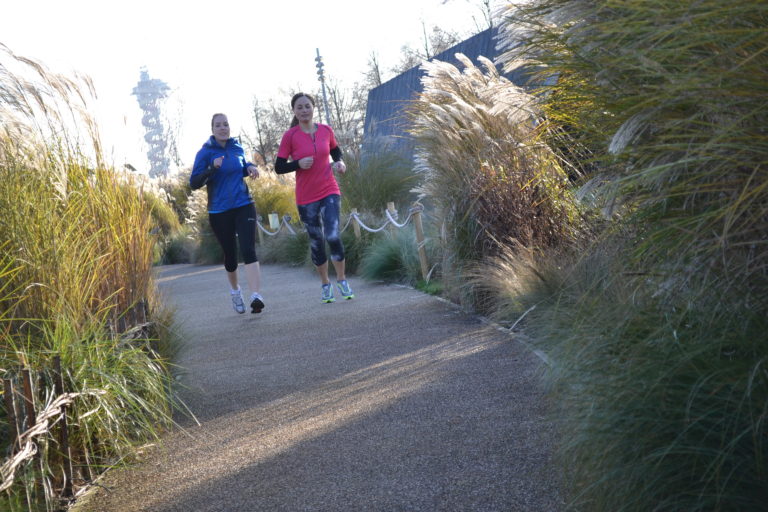Think of London. What do you see?
Sure; Wembley, Tower Bridge, the Houses of Parliament, BT Tower. Maybe your home, your office, the northbound Victoria line platform at Vauxhall. Perhaps the North Circular, or the Blackwall Tunnel, or Canary Wharf. The O2 Academy. Or the Prince of Wales Theatre. Tate Modern.
Whatever the first thing, or the first ten, you think of, one of London’s parks and green spaces probably isn’t far behind. Not only because they’re iconic (though you’d be hard-pressed to make an argument that they aren’t), but because they’re so numerous, accounting for somewhere in the region of 40% of London’s space, including more than 2000 Local Authority maintained parks, playgrounds and green spaces. London’s heart, truly, is green.
And that greenness has intrinsic associations with physical activity and sport. Natural England research suggests 12.3% of London’s population – over 1 million Londoners – use outdoor space in the capital for exercise or health reasons. From parkruns to cycle circuits, outdoor gym classes, ultimate frisbee competitions, Aussie Rules football, health walks, outdoor swimming and the myriad other activities that take place every day of the year, London’s outdoor spaces are the foundations of physical activity, providing a space to play, compete, interact and feel connected to the city. Pick any hour of the day, any day of the week, any week of the year; the odds are firmly in favour of green London providing a home to everyday physical activity and sport.
Not only are London’s green spaces an environment for activity – increasingly, evidence suggests that they can be environments that encourage even the least active to get involved. Analysis conducted for the first year of the Active Citizens Worldwide initiative suggests that public investment into open spaces becomes increasingly important to physical activity levels in London among the most deprived segments of the city’s population, generating a higher impact measurement than investment into traditional sports and recreation facilities, or private facilities. Far from being merely desirable, London’s parks and green spaces are among the great democratising factors for Londoners’ engagement with physical activity and sport.
For that reason, the first London National Park City Week marks an important moment for the nation’s capital. Part of the Mayor’s plan to help make London a National Park City in 2019, the week features events hosted by more than 130 organisations across the city, sharing and celebrating London’s unique green spaces and natural environment. From walks and exploration activities to bike rides and opportunities for Londoners to share their own commitments to the city’s outdoor spaces, London National Park City Week offers an opportunity to reflect on the ways that London is already an active outdoor city, and to celebrate its future.
Find out more about London National Park City Week at https://www.london.gov.uk/what-we-do/environment/parks-green-spaces-and-biodiversity/london-national-park-city/london-national-park-city-week
Download this article in plain text format

